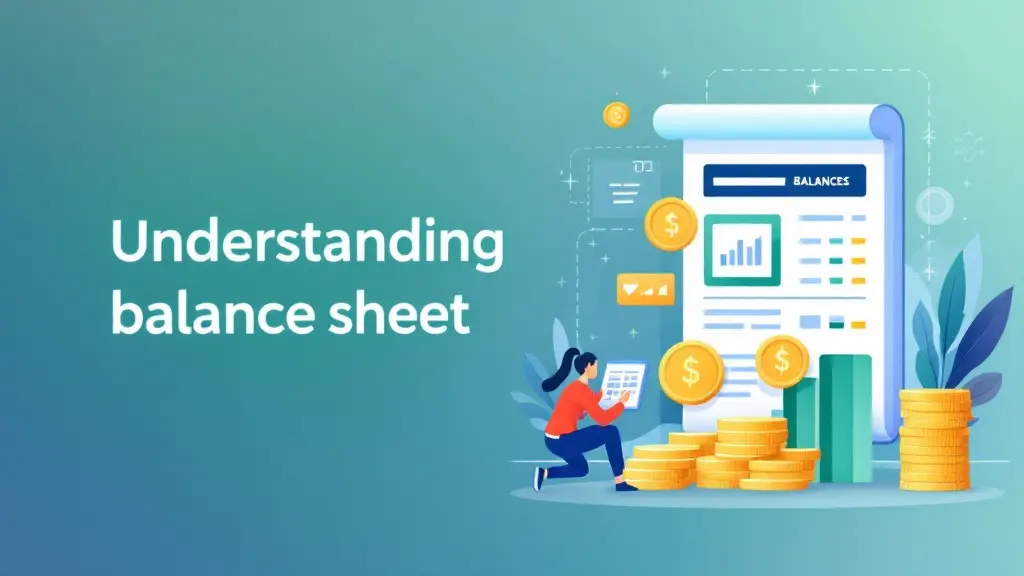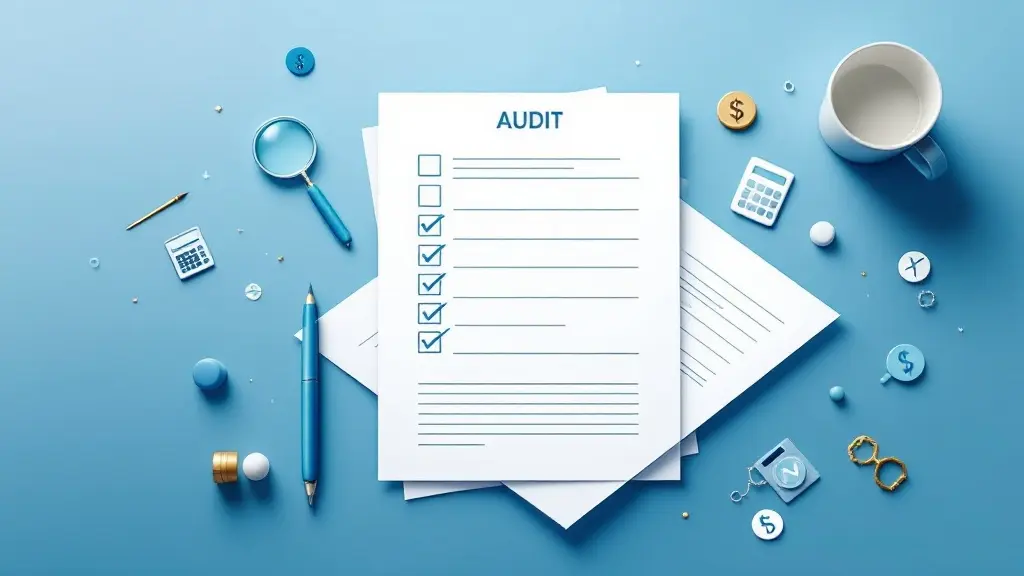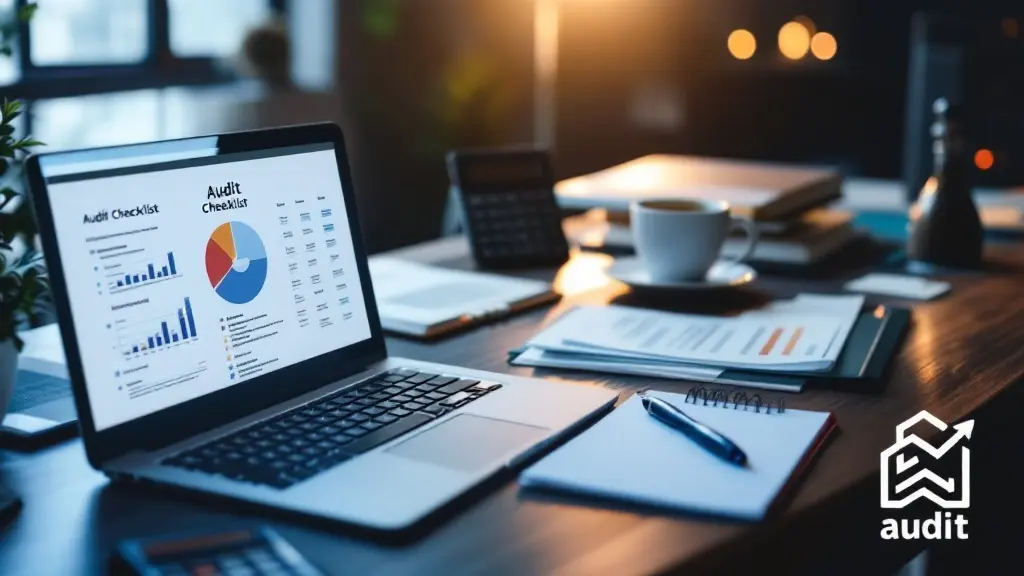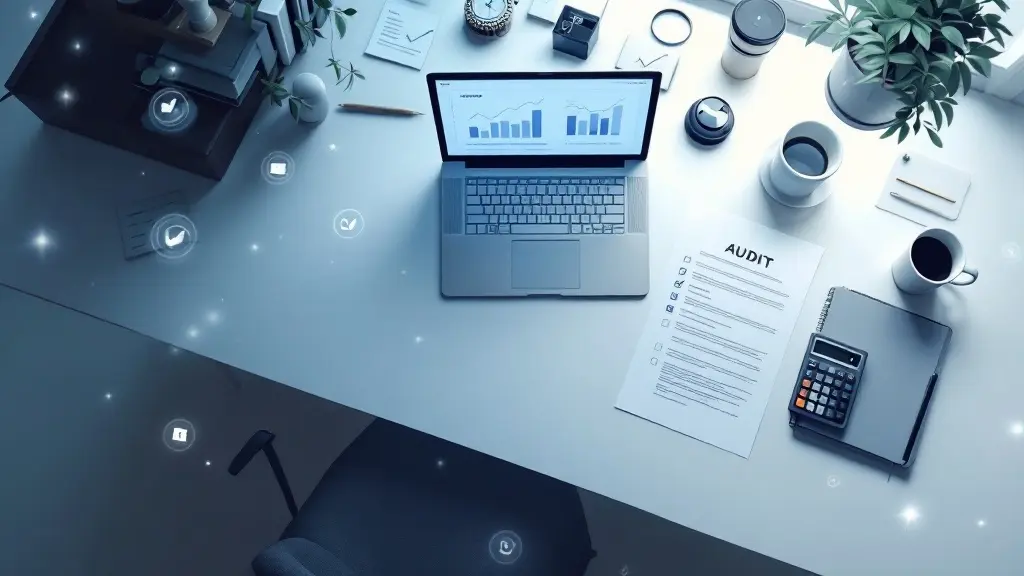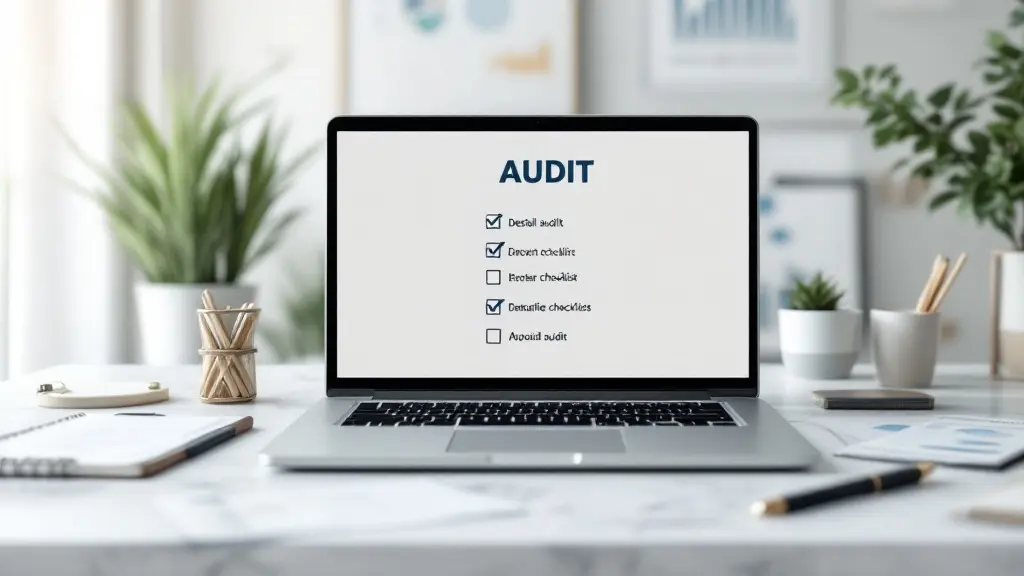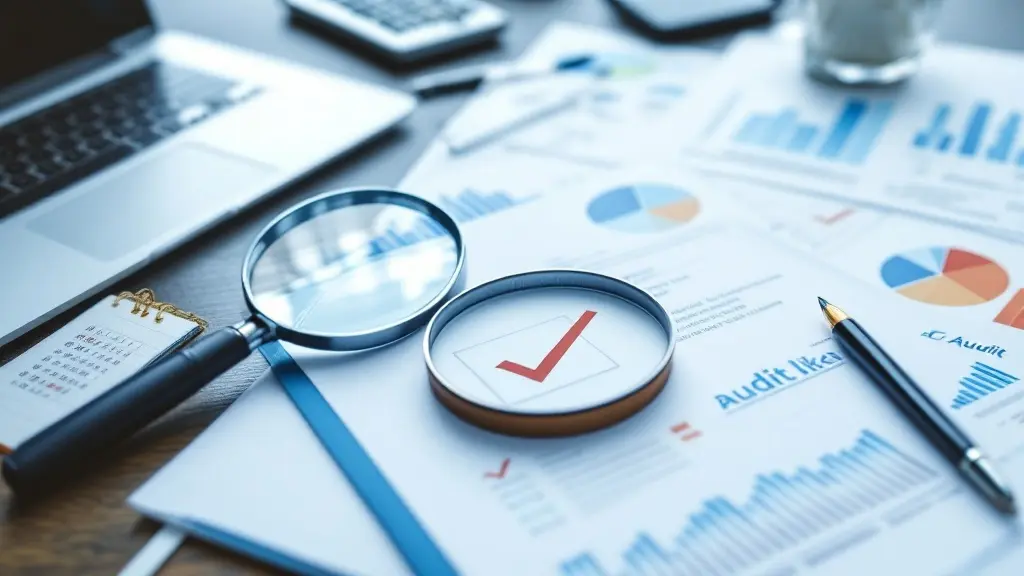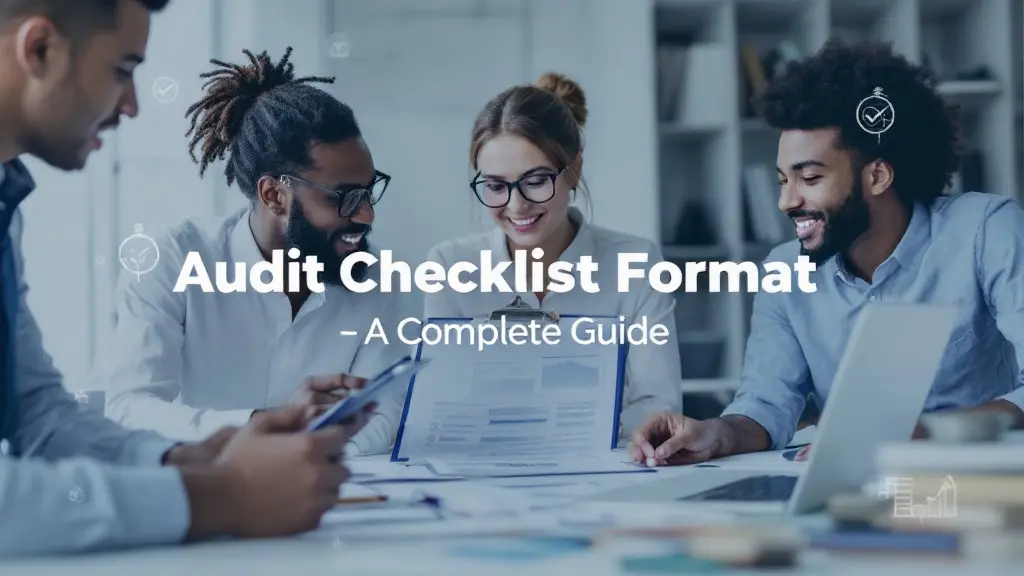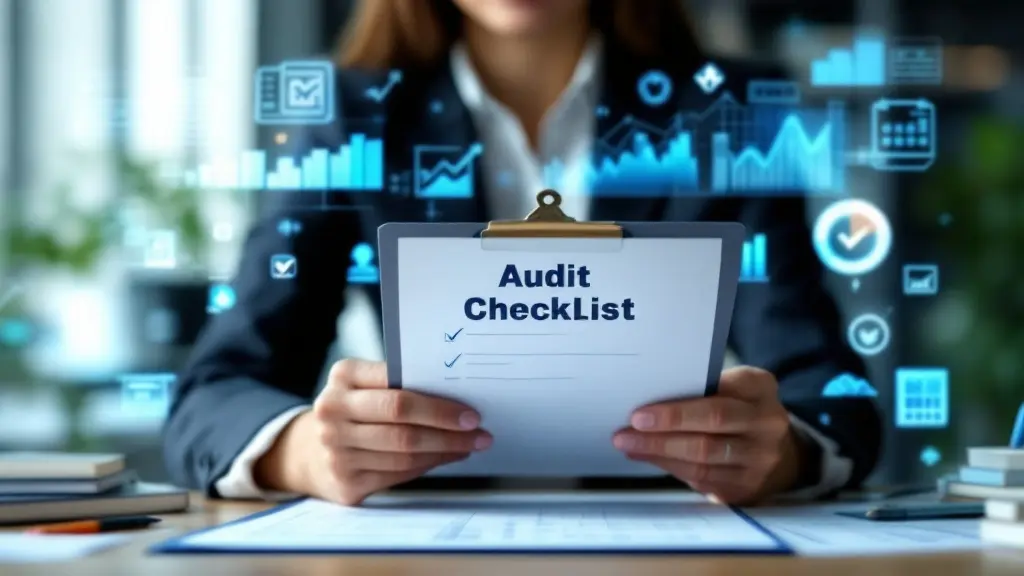Assets vs Liabilities: Understanding the Financial Basics for a Better Future
Table of Contents
Most Read
[fusion_dropcap class="fusion-content-tb-dropcap"]M[/fusion_dropcap]anaging money is more than just saving a few rupees or cutting back on coffee. It starts with understanding two foundational concepts of finance—assets and liabilities. Whether you’re a student learning the ropes, a startup founder watching your balance sheet, or someone just trying to get smarter with money, knowing the difference between assets and liabilities is a game-changer.
In this guide, we’ll break it all down in simple terms. No jargon, no stress—just clear, practical insights that will help you make smarter financial decisions.
What Are Assets?
Assets are everything you own that has value. They are the things that can either generate income or be converted into cash in the future.
Think of assets as the financial building blocks of your wealth. If you were to stop working today, your assets are what could help you continue living comfortably.
✅ Examples of Assets:
- Cash and bank balances
- Real estate or property
- Stocks and mutual funds
- Gold and jewellery
- Vehicles (depending on their resale value)
- Business equipment
- Intellectual property (like patents)
💡 In Simpler Terms:
If it puts money in your pocket or can be sold for cash, it’s likely an asset.
What Are Liabilities?
Liabilities, on the other hand, are everything you owe. They are your debts or obligations that require you to pay money in the future.
Liabilities reduce your net worth because they are claims against your assets.
🚫 Examples of Liabilities:
- Credit card debt
- Home loans
- Car loans
- Personal loans
- Business borrowings
- Outstanding bills or dues
💡 In Simpler Terms:
If it takes money out of your pocket, it’s probably a liability.
The Key Difference: Assets vs Liabilities
| Feature | Assets | Liabilities |
|---|---|---|
| Definition | Things you own or control | Things you owe |
| Effect on Wealth | Increases your net worth | Decreases your net worth |
| Financial Impact | Brings in cash or holds value | Requires cash outflow |
| Examples | Cash, property, stocks, savings | Loans, credit cards, EMIs |
| Role in Balance Sheet | Recorded on the left (debit) side | Recorded on the right (credit) side |
This simple comparison makes it clear: the more assets you have and the fewer liabilities you carry, the healthier your finances will be.
Types of Assets
Not all assets are the same. Here’s a quick breakdown to help you understand their classification:
1. Current Assets
These are short-term assets that can be converted into cash within a year.
- Examples: Cash, inventory, accounts receivable
2. Fixed Assets
Long-term assets used in business or personal wealth creation.
- Examples: Land, buildings, machinery
3. Tangible Assets
Physical items that you can touch and feel.
- Examples: Vehicles, gold, property
4. Intangible Assets
Non-physical assets that have value.
- Examples: Trademarks, goodwill, patents
Types of Liabilities
Liabilities also come in different forms, depending on their purpose and repayment period.
1. Current Liabilities
These are short-term debts due within one year.
- Examples: Credit card bills, unpaid expenses
2. Long-term Liabilities
Debts or obligations due beyond one year.
- Examples: Home loans, business loans
3. Contingent Liabilities
These are potential liabilities that may occur depending on the outcome of a future event.
- Examples: Lawsuits, guarantees given
How Assets and Liabilities Affect Your Net Worth
Your net worth is the difference between your total assets and total liabilities.
🧮 Net Worth Formula:
Net Worth = Total Assets – Total Liabilities
This number gives you a snapshot of your financial health. A positive net worth means you own more than you owe. A negative net worth? That’s a signal to make some changes.
Personal Finance Tip: Think Like a Business
Every successful business carefully tracks its assets and liabilities. You should too!
Here’s how you can apply this mindset:
- Track what you own and owe: Use a spreadsheet or personal finance app.
- Build income-generating assets: Invest in things that appreciate in value.
- Limit bad liabilities: Avoid high-interest debts like credit cards.
Assets vs Liabilities: Why It Matters for Your Future
Understanding assets and liabilities helps you:
- Make smarter investment choices
- Plan for retirement
- Manage debt effectively
- Grow your business
- Protect your family’s financial future
This knowledge isn’t just for accountants—it’s for everyone.
Common Mistakes People Make
Let’s clear up a few misconceptions:
❌ Mistake #1: “My house is an asset, no matter what.”
✅ Truth: If the house is mortgaged and not earning any income, it might be more of a liability than an asset.
❌ Mistake #2: “Buying a car is always a good investment.”
✅ Truth: Cars depreciate over time. Unless it’s generating income (e.g., rental business), it’s typically a liability.
❌ Mistake #3: “I don’t have any liabilities.”
✅ Truth: If you have EMIs, utility bills due, or borrowed money from friends—that counts as a liability.
How to Improve Your Financial Health
Here are some quick, actionable tips:
1. List Your Assets and Liabilities
Start by writing everything down. Awareness is the first step.
2. Increase Your Assets
- Start a savings or investment plan.
- Buy things that appreciate in value.
- Consider building digital assets (like blogs, courses, etc.).
3. Reduce Your Liabilities
- Pay off high-interest debt first.
- Avoid unnecessary loans.
- Build an emergency fund to avoid borrowing in a crisis.
A Real-Life Example
Let’s say Meera owns:
- A house worth ₹50 lakhs
- Gold worth ₹5 lakhs
- Stocks worth ₹2 lakhs
- Savings of ₹3 lakhs
But she also owes:
- A home loan of ₹30 lakhs
- Credit card dues of ₹1 lakh
Her net worth: (₹50L + ₹5L + ₹2L + ₹3L) – (₹30L + ₹1L) = ₹29 lakhs
Despite having some liabilities, Meera is in a good position because her assets outweigh her debts.
Final Thoughts: Build Wealth the Smart Way
Understanding assets vs liabilities is like learning the ABCs of personal finance. It may sound basic, but mastering this concept can transform your financial future.
Focus on acquiring the right kind of assets. Keep your liabilities in check. And revisit your financial status regularly. That’s how you grow—not just financially, but confidently.
Remember, financial freedom doesn’t come from how much you earn; it comes from how well you manage what you own vs what you owe.
Ready to Take Control of Your Finances?
Start today by evaluating your own assets and liabilities. Take small steps. Be consistent. And keep learning.
For more tips on personal finance, taxation, and business strategies, follow FinTax24 on LinkedIn, Instagram, and Facebook!
Would you like me to upload this post to your WordPress with featured image and SEO tags, or help you create a social media post to promote it?
